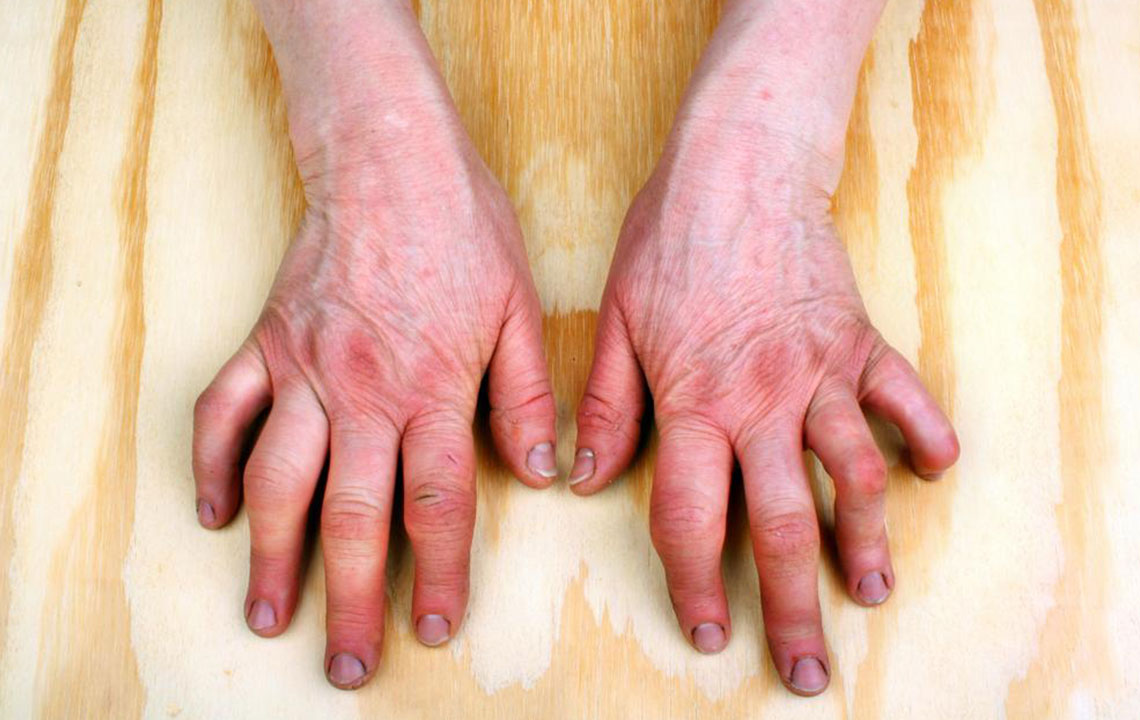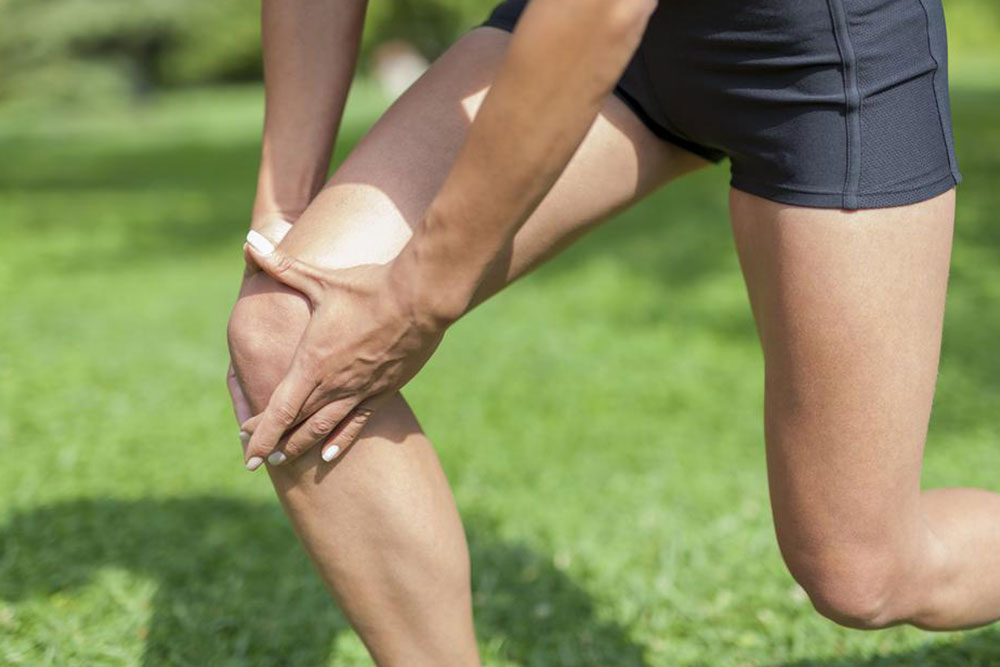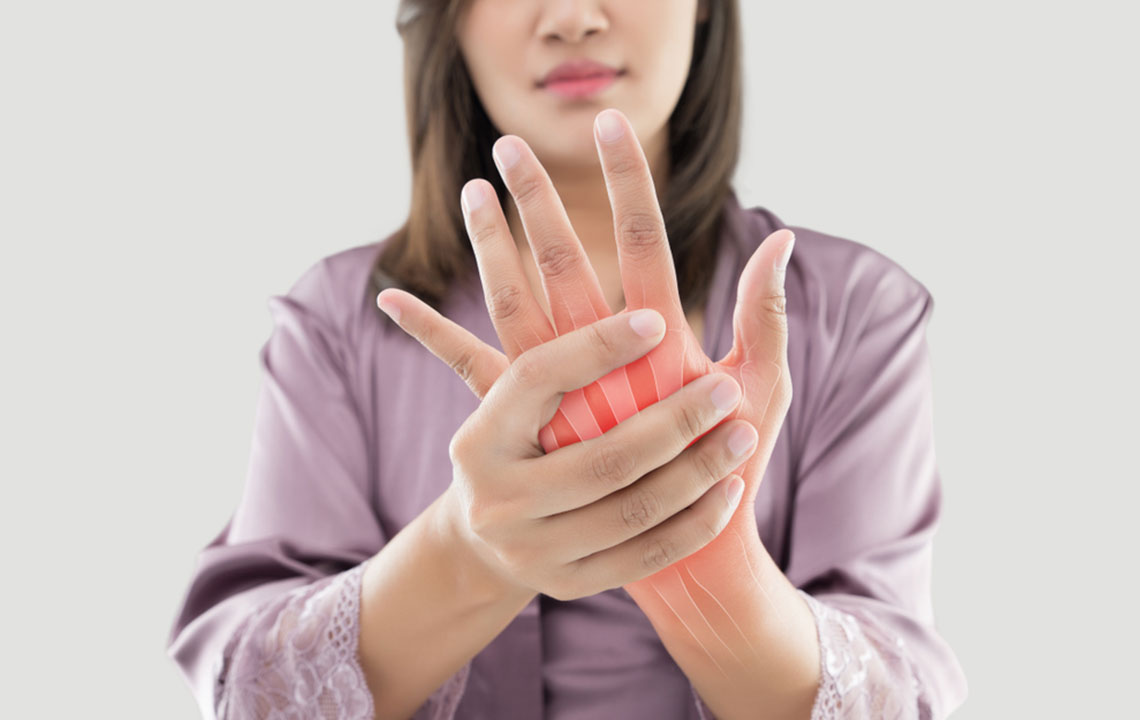Signs and Symptoms of Psoriatic Arthritis You Should Know
This article highlights the common signs and symptoms of psoriatic arthritis, a condition affecting individuals with psoriasis. It covers joint swelling, back pain, skin and nail changes, and eye problems. Early detection is crucial for effective management and preventing joint damage. Understand the key indicators to seek timely medical help and improve your health outcomes.

Psoriatic arthritis is a long-term autoimmune disorder that targets individuals with psoriasis, a skin condition characterized by itchy, scaly patches, redness, and nail deterioration. About 15-30% of psoriasis sufferers may develop this joint ailment. While most develop psoriasis first, some may experience joint symptoms before skin signs appear.
Key Indicators of Psoriatic Arthritis
Sausage-like swelling in fingers and toes: Dactylitis causes swelling resembling sausages, helping distinguish psoriatic arthritis from rheumatoid arthritis, where swelling usually affects single joints.
Lower back discomfort: Pain and stiffness in the lower back, along with possible spondylitis, involve inflammation of spinal joints, leading to discomfort in the neck, upper back, buttocks, and lower back.
Joint pain, swelling, or stiffness: Joints may be red, warm, tender, and exhibit decreased mobility—often affecting multiple joints simultaneously.
Foot and ankle discomfort: Enthesitis, or pain where tendons and ligaments connect to bones, manifests as heel pain (Achilles tendinitis), sole pain (plantar fasciitis), or elbow discomfort.
Skin changes and nail issues: These include pitting, nail separation, and thick red patches with silver scales on the skin.
Reduced flexibility and fatigue: Limited joint movement and overall tiredness are common symptoms.
Eye complications: Redness, irritation, or vision problems like conjunctivitis might indicate psoriatic involvement.
Early diagnosis and treatment are vital to prevent joint damage and improve quality of life.
Note: The information provided aims to inform but should not replace professional medical advice. Always consult healthcare providers for proper diagnosis and treatment options.







